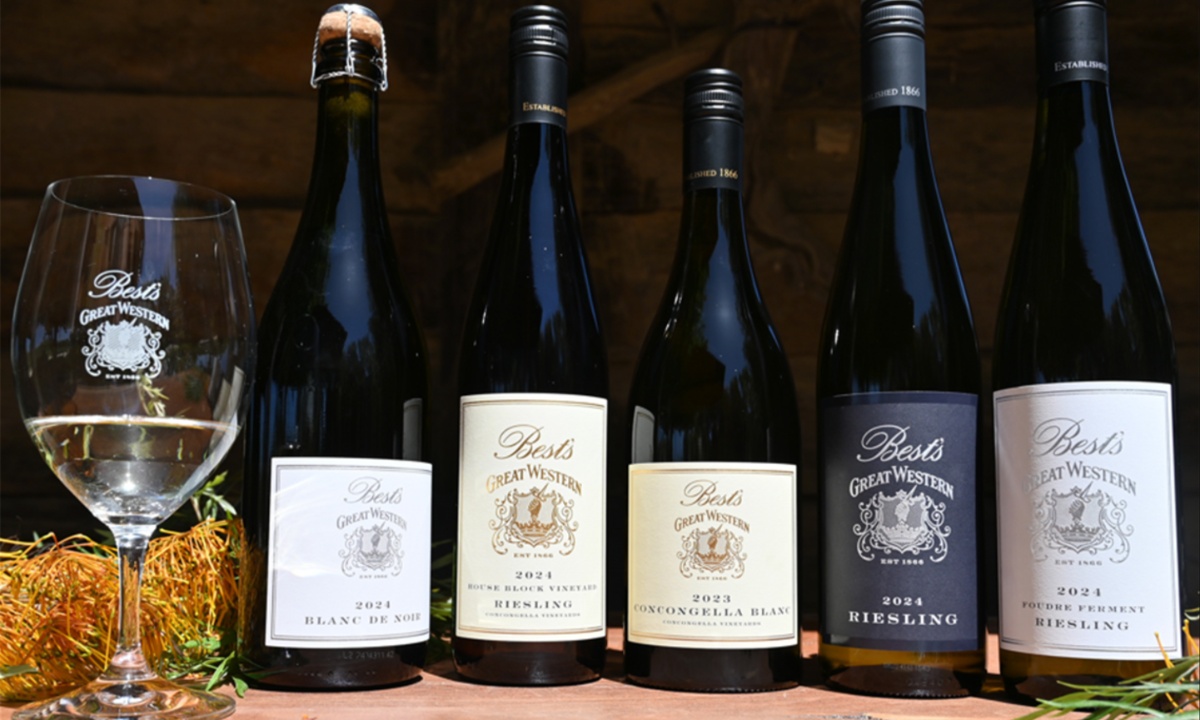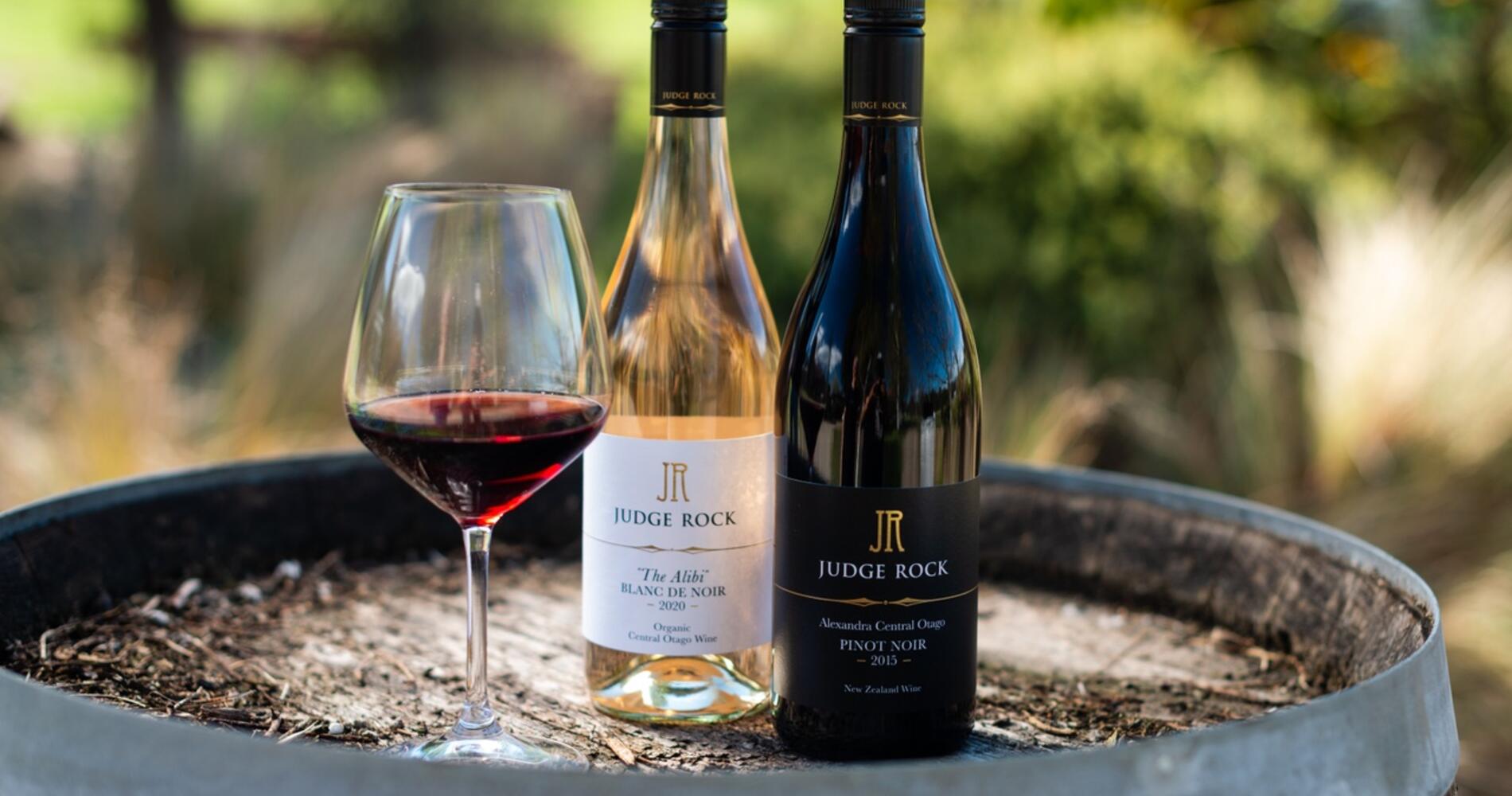On Thursday, January 30, over 80 wine brands from New Zealand and 150 from Australia came together for a combined tasting event at the Royal Horticultural Halls in London. This marked the first time the two countries had showcased their wines side by side. The event attracted over 750 trade visitors and offered a unique opportunity to explore wines from iconic regions like Marlborough, Margaret River, and Barossa, all in one location.
The decision to merge the two tastings was driven by a desire for greater efficiency. Chris Stroud, market manager for New Zealand Winegrowers, explained that holding two separate events doubled costs, especially since many trade visitors attended both. By combining the tastings, they managed to reduce expenses and streamline logistics while still offering a comprehensive experience of both countries’ wine offerings. Ciara Wong, brand manager at Metzendorff’s, agreed that a joint tasting made the best use of everyone’s time, allowing attendees to focus on the unique regional wines of both nations.
The combined tasting had been in the works for over 18 months, with early experiments during the COVID-19 lockdown through virtual tastings and masterclasses. According to Stroud, the goal of the event wasn’t to pit the countries against each other, but rather to celebrate the diversity and quality of wines from both Australia and New Zealand. Despite differences in wine styles, the event served as a platform to showcase the strengths of each country’s winemaking traditions, emphasizing their unique contributions to the global wine industry.
Declining Popularity of Solo Tastings
Kathryn Cumming, brand manager for Berkman Cellars, noted that regional solo tastings are becoming less common. With rising event costs and a growing trend of importers organizing their own portfolio tastings, the return on investment for traditional trade shows has diminished. Combining the Australia and New Zealand tastings, Cumming suggested, presented a more cost-effective way for industry professionals to engage with both wine markets simultaneously.

A key advantage of the combined tasting was its ability to attract a wider audience. Nikki Wasylowski, brand manager at Hatch Mansfield, pointed out that it allowed for cross-pollination between different types of wine buyers. For instance, New Zealand’s stand-alone events previously attracted larger retail chains like Waitrose, while Australian events tended to draw independent and fine wine merchants. By bringing the two countries together, the event created more opportunities for networking and connecting with a broader range of wine buyers.
Despite the success of the joint event, not everyone agrees with marketing Australian and New Zealand wines together. Rich Burch, sales and marketing director for Burch Family Wines, argued that the countries’ differences are too significant to combine for marketing purposes, likening it to merging two competing sports teams. Given Australia’s vast size and numerous wine regions, he believes there is little need to include New Zealand in a unified marketing effort. This sentiment was echoed by Tim Pelquest-Hunt, chief winemaker for Orlando, who emphasized the geographical distance and scale of both countries, making it challenging to group them under a single marketing umbrella.
The Trade vs. Consumer Perspective
While a combined approach may be beneficial for trade events, there is a concern it might not resonate with consumers. James Lindner, co-owner of Langmeil, pointed out that Australia alone has 65 distinct wine regions, each with its own unique characteristics. Grouping them with New Zealand could diminish the individual stories and personalities of each region. Kathryn Cumming agreed, noting that for consumer-facing events, it’s important to maintain clear distinctions between the two countries, as each offers a highly nuanced wine experience. Educating consumers on the specific soils, climates, and grape varieties of each country is crucial to fostering a deeper understanding and appreciation of the wines.
While there are clear advantages to combining Australian and New Zealand wines for trade events, the idea of merging the two countries for consumer-facing campaigns could lead to confusion. The combined tasting in London proved successful for the wine trade, allowing for greater efficiency and wider engagement. However, it is essential that marketing efforts continue to highlight the distinct qualities of each country’s wines, preserving their unique identities. In the end, both countries can coexist within the global wine market without compromising the richness of their individual wine cultures.


